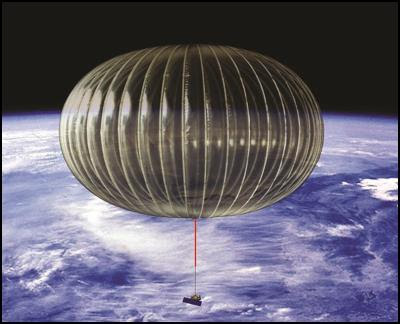In my corner of the
universe, approximately 6,400 huckleberries are required to fill a one-gallon
container. I made the calculations
myself, thank you. And I did so several
times to assure some degree of accuracy.
I pick each and every one
of my berries by hand. I don’t use a
“rake” or any other mechanical device to speed up the process or to glean a
massive harvest. Generally, you must allow me about four hours to pick a gallon—white spiders, leaves, purple hands,
and sticks included.
I am not opposed to
stopping and watching birds or stopping to study a flower or two while picking. I am not a machine. Frankly, my hours in the huckleberry patch are
some of the best hours of my life.
Huckleberries, by dint of fortune, grow in the loveliest places—grizzly
bears, bruising climbs, and deerflies bites included. When picking huckleberries, I am able to shut
down all problems pressing against me in life.
The mountains take me in. The powerful scent of the berries themselves. The dizzying patchworks of shade and light. Maybe the sound of water tumbling down
through a creek nearby. A lone bird
calling from far away.
Huckleberry picking is an
escape portal.
But we have a problem
with huckleberries. Well, we have two
problems. The first problem is that we
call them huckleberries here in Montana.
They are actually mountain blueberries.
I can live with that
problem.
The second problem is
that, throughout the Pacific Northwest, huckleberry habitat is slowly shrinking
away. Once thriving patches are becoming
smaller and smaller. Surprisingly,
studies have revealed that undisturbed forests are the least productive places
for huckleberries.
Huckleberries need
wildfire.
The most productive
huckleberry patches are presently found on the eastern and northern slopes, in
areas that were either burned over by wildfire decades ago or logged and burned
a dozen or so years previously. When,
following the Great Fire of 1910, forest managers started squelching fires as
soon as they started, abnormally overgrown forests began to slowly squeeze out
the huckleberries.
Huckleberries tend to
flourish in those middle-aged forests where not in competition with every other
thing that eventually comes to thrive in the forest. They like a 50 percent forest—say a slope
that is only half covered with trees and semi-shady. Over more recent years, fire has gradually
and purposely been reintroduced into the forests of the West. We may yet see a reversal in the decline of
huckleberry production in our forests.
In the meantime, starting
sometime in mid to late July, you will find me between 4,000 and 7,000 feet
high in the mountains (the elevation sweet spot where big huckleberries grow). I will likely have a gallon bucket and bear spray
looped through my belt.
I am about to enter the escape portal.
--Mitchell
Hegman
Sources: John Ashely,
Huckleberry Culture, USDA, US Forest Service, Ellen Horowitz



















